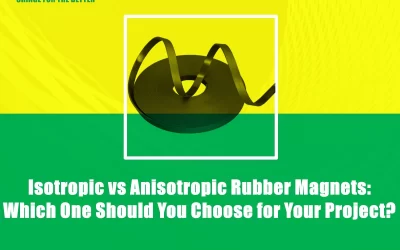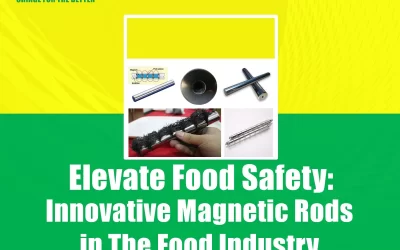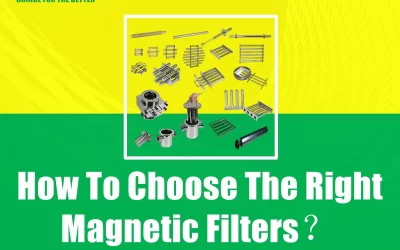1. Introduction to Hopper Magnetic Grid
Hopper magnetic grids are powerful, efficient tools used for separating ferrous and non-ferrous materials in various industrial applications. They are typically installed in hoppers, chutes, and ducts to remove ferrous contaminants and improve product purity, ensuring a high-quality end product.

2. Types of Hopper Magnetic Grates
There are several types of hopper magnetic grates and grids available, each designed for specific applications and material types:
- Ceramic Magnetic Grates: Ceramic grids are cost-effective options for general-purpose applications and feature lower magnetic strength.
- Rare Earth Magnetic Grates: Rare earth grids are made of high-strength neodymium magnets and are ideal for fine, dry, or abrasive materials.
3. Benefits of Using Magnetic Grates & Hopper Magnets
Magnetic Grates & Hopper Magnets offer several advantages, including:
- Improved product purity
- Enhanced equipment protection
- Reduced downtime and maintenance costs
- Increased efficiency and productivity
4. How to Install a Hopper Magnetic Grate
Installing a hopper magnetic grate is straightforward. Follow these steps:
- Choose the appropriate type and size of the magnetic grate for your application.
- Position the grid in the hopper, chute, or duct where the material will flow through.
- Secure the grid using the provided mounting hardware and ensure it is properly aligned.
- Test the grid’s effectiveness by observing the separation of ferrous contaminants.
5. Hopper Grid Magnets Maintenance
Proper maintenance is crucial for optimal performance and longevity. Key maintenance practices include:
- Regularly inspecting the grid for damage or wear
- Cleaning the grid to remove trapped contaminants
- Checking the magnetic strength and replacing weakened or damaged magnets
6. Hopper Type Grid Magnet Use Cases
Hopper grid magnets are used in various industries, such as:
- Food processing: Ensuring product purity and preventing metal contamination
- Pharmaceuticals: Removing ferrous contaminants from raw materials and finished products
- Plastics: Separating metal fragments from plastic granules or pellets
- Recycling: Recovering valuable ferrous metals from mixed waste materials
7. Conclusion
Hopper grid magnets are essential tools for material separation in numerous industrial applications. By understanding the types, benefits, installation, and maintenance of these devices, businesses can significantly improve product quality, equipment protection, and overall operational efficiency.




0 Comments